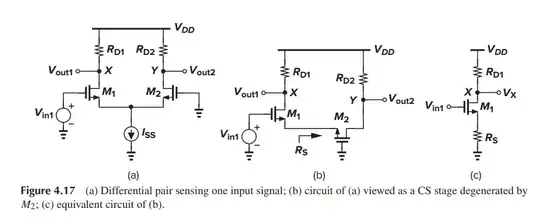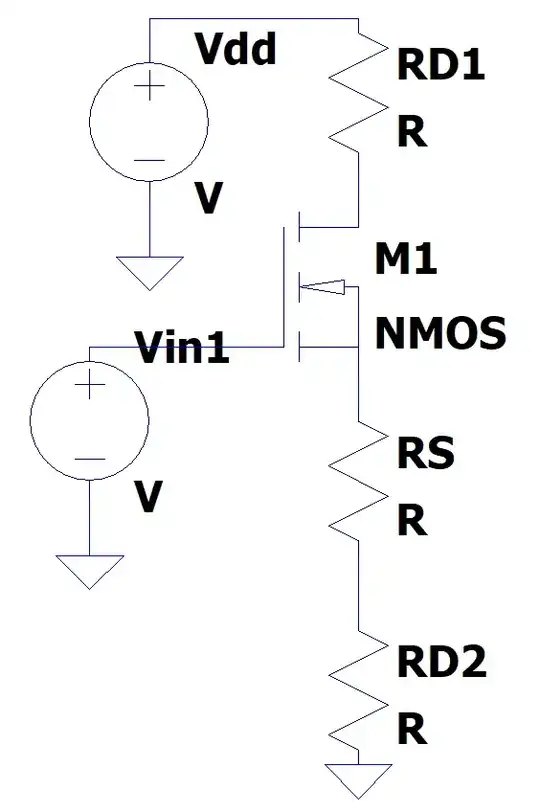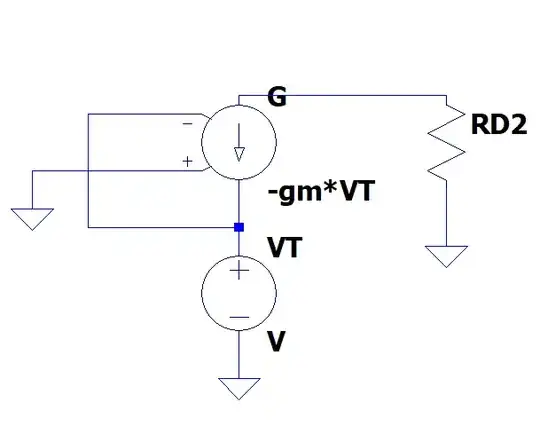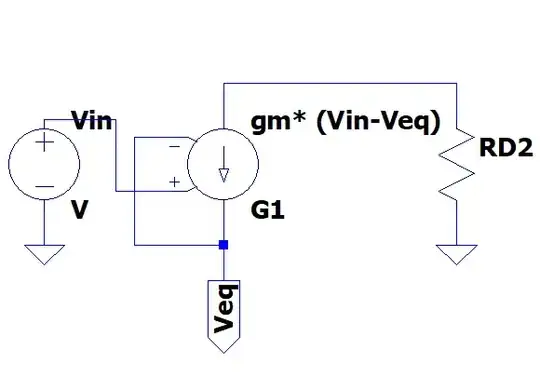The following is differential pair small signal analysis from the book Design of Analog CMOS Integrated Circuits.
Let us set \$V_{in2}\$ to zero and find the effect of Vin1 at X and Y [Fig. 4.17(a)]. To obtain \$V_X\$ , we note that M1 forms a common-source stage with a degeneration resistance equal to the impedance seen looking into the source of M2 [Fig. 4.17(b)]. Neglecting channel-length modulation and body effect, we have \$R_S = 1/g_{m2}\$ The following is analysis of differential pairs. How can this circuit remove \$R_{D2}\$ in (c)?
This is what I thought about



